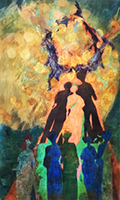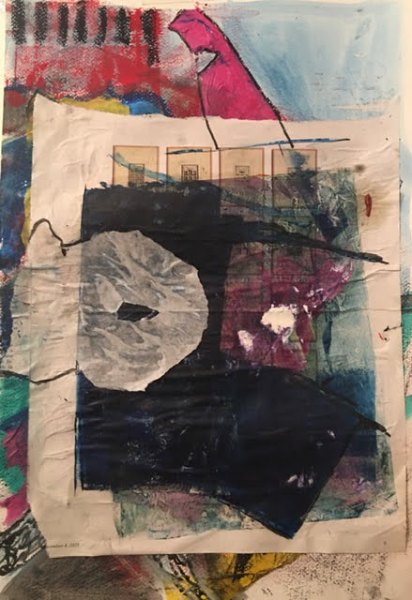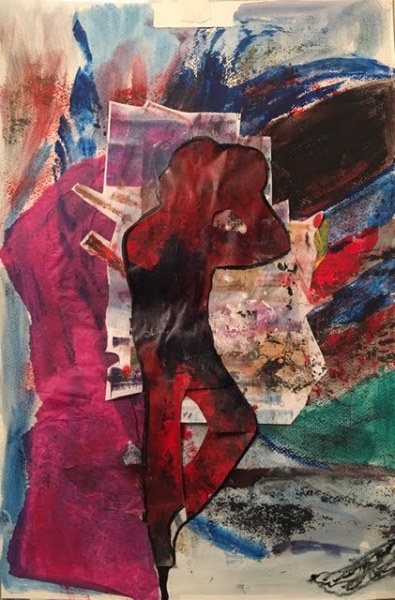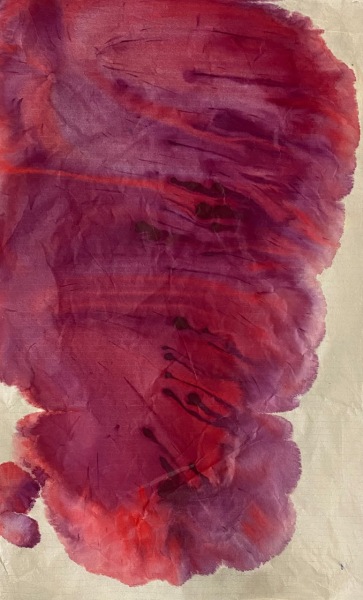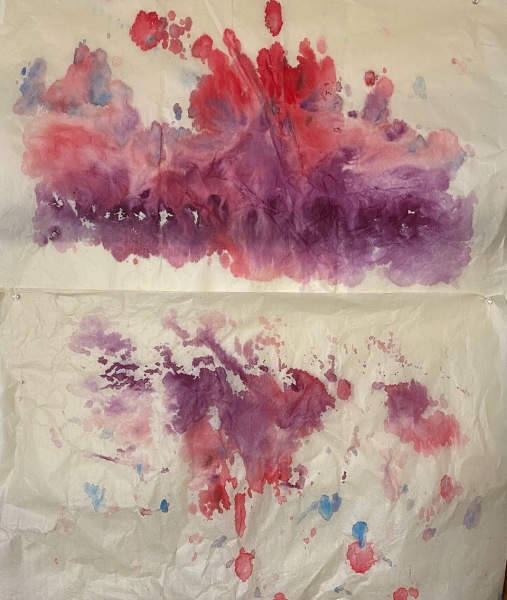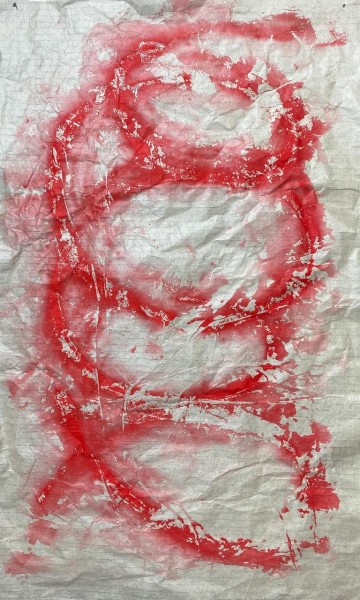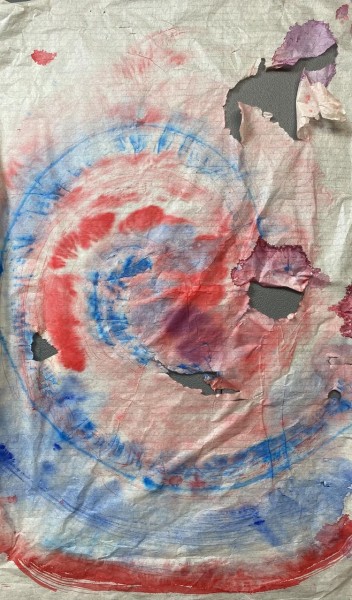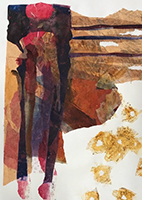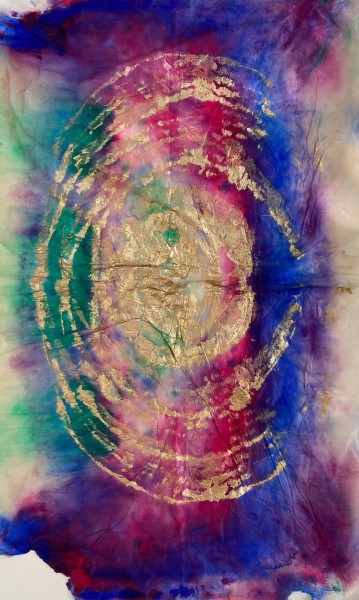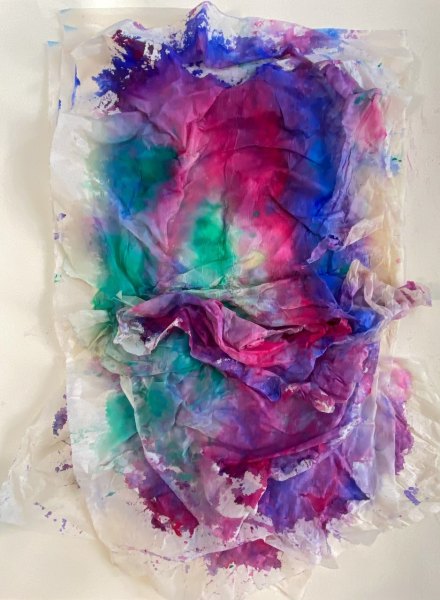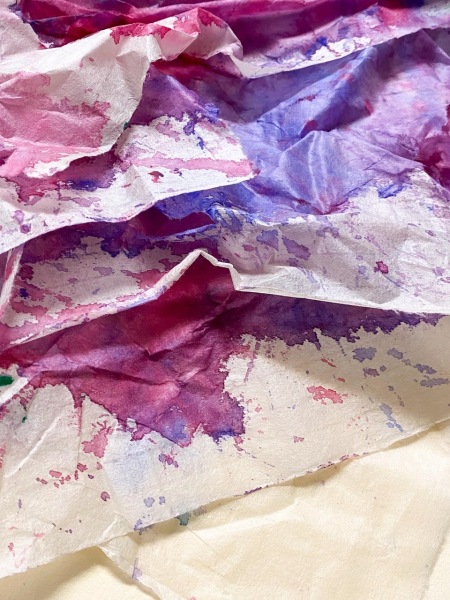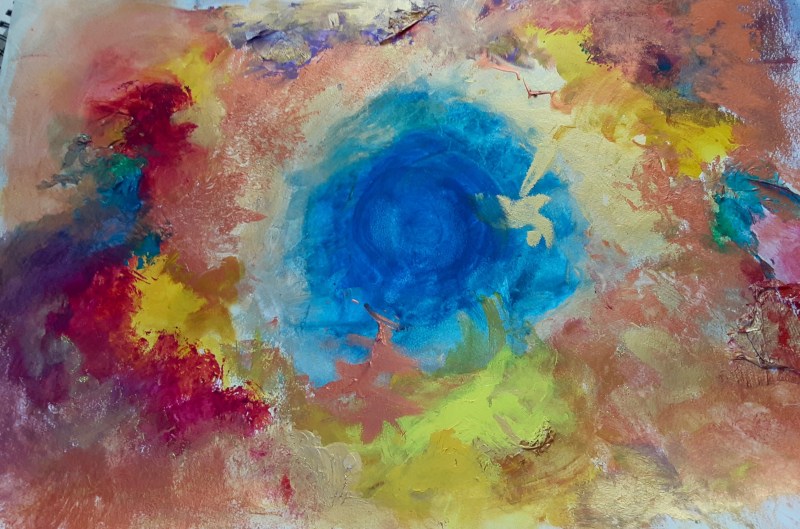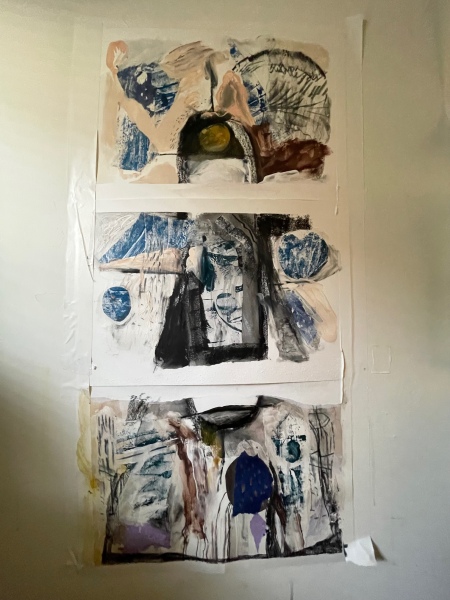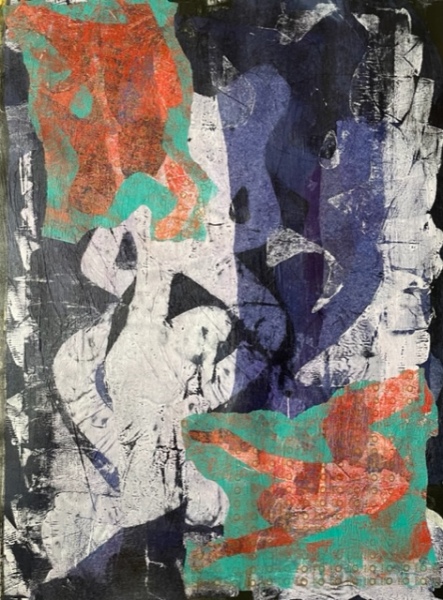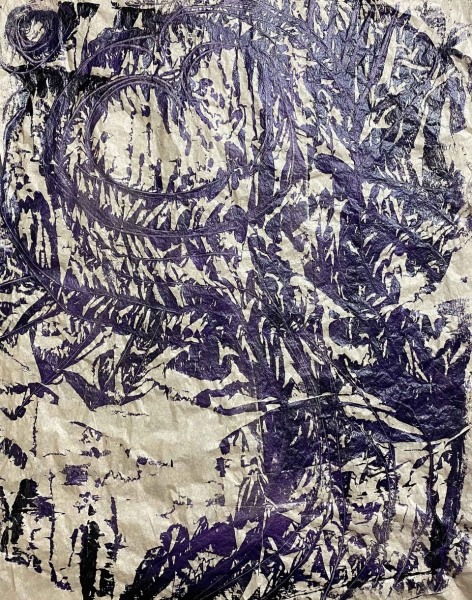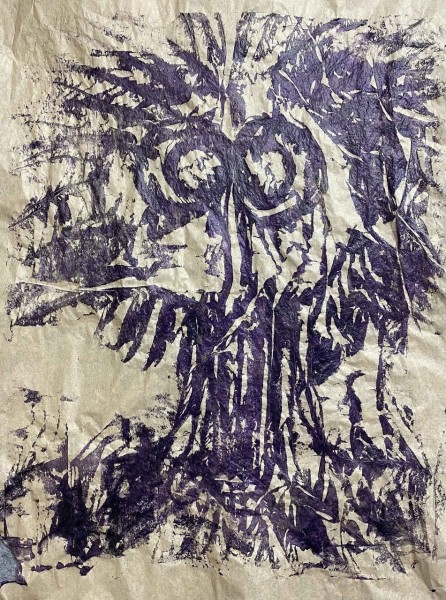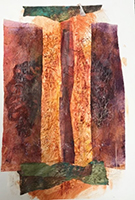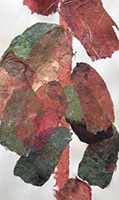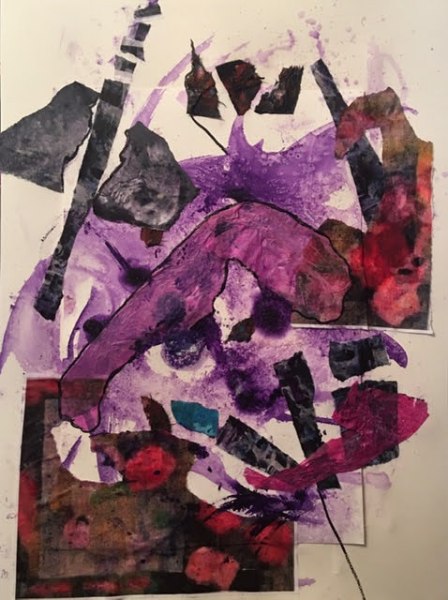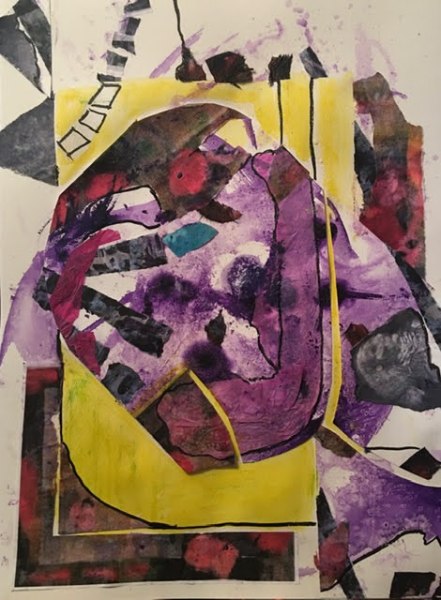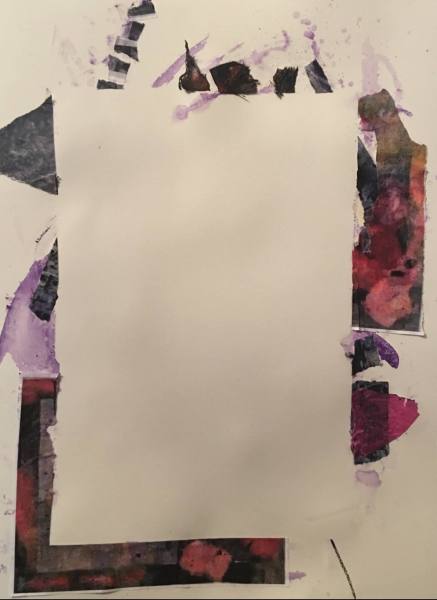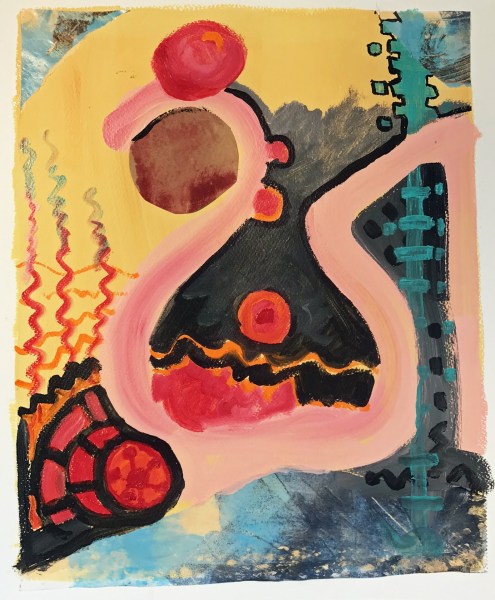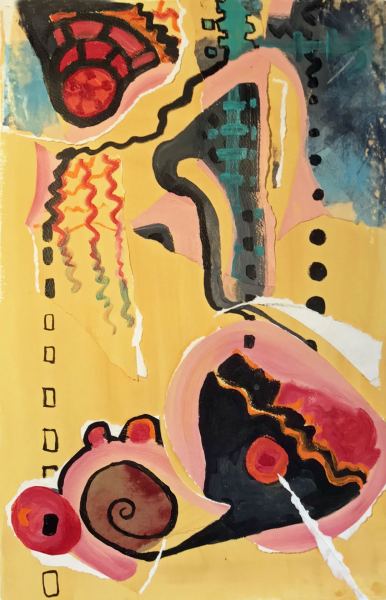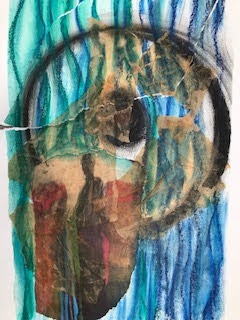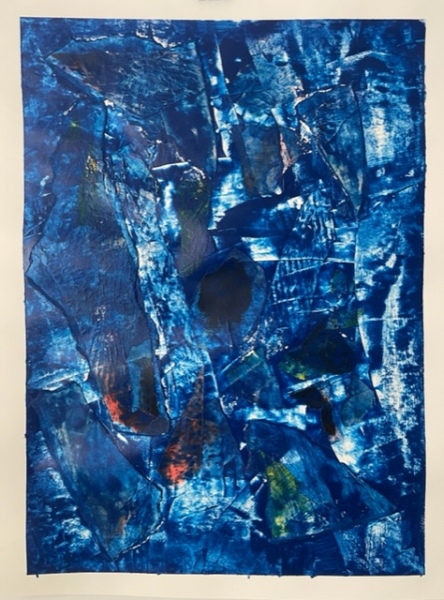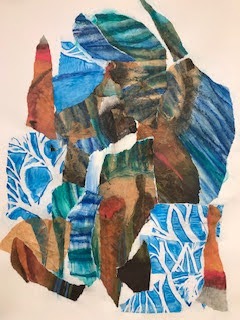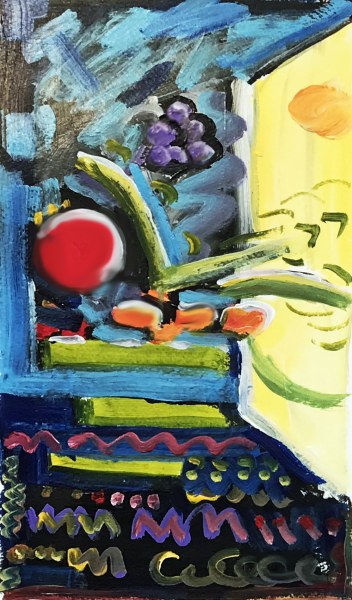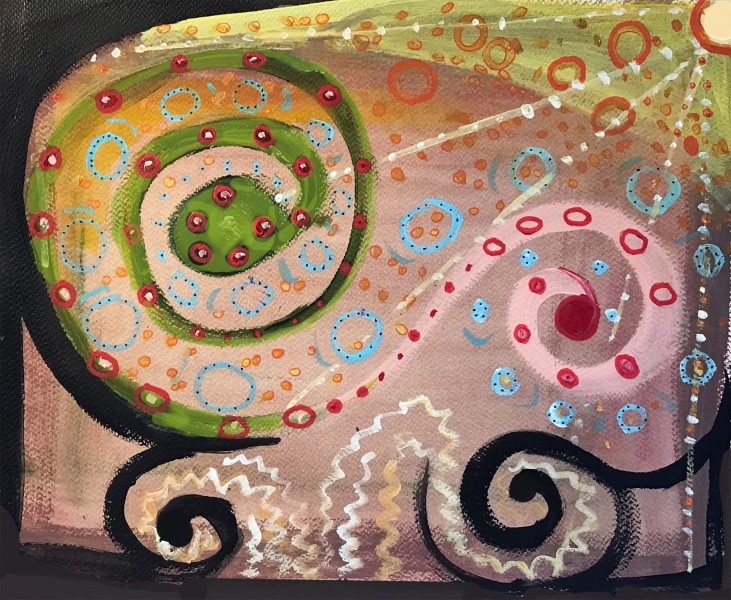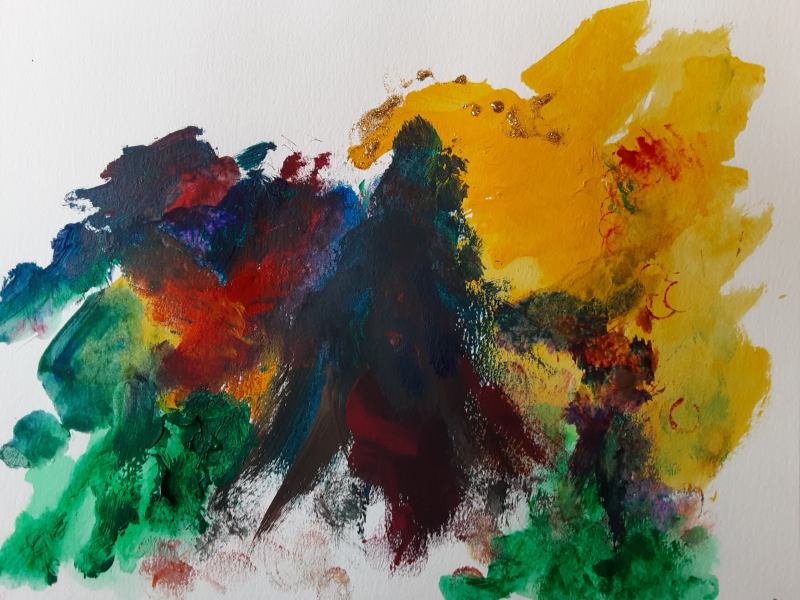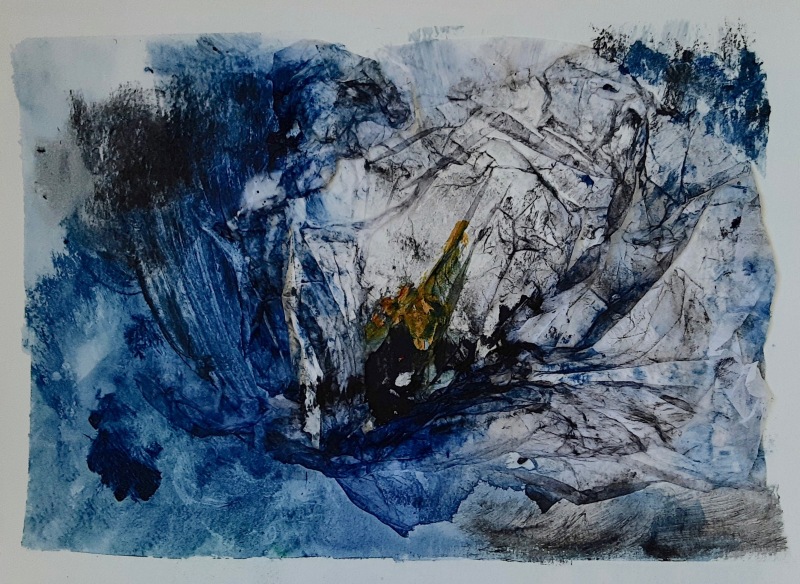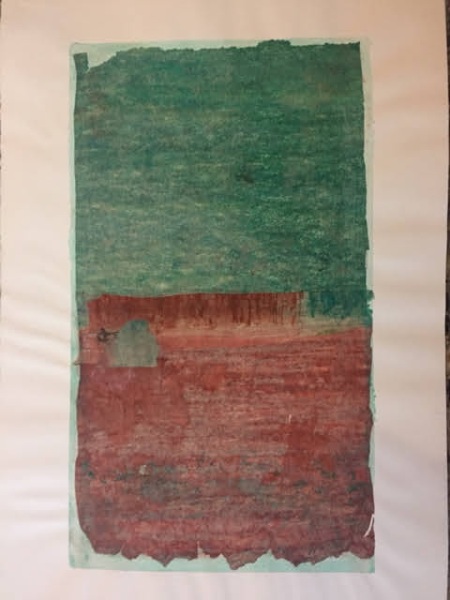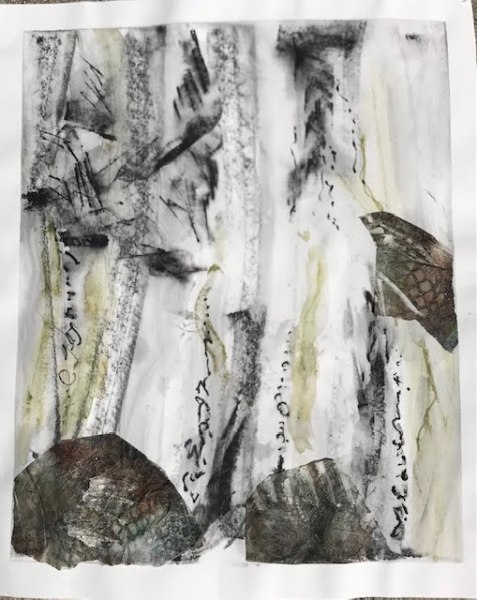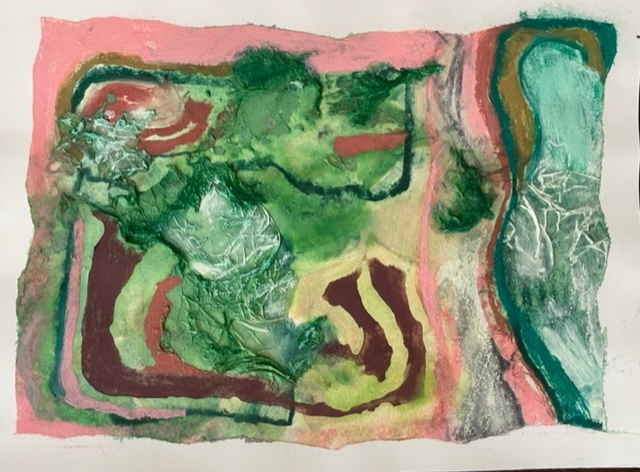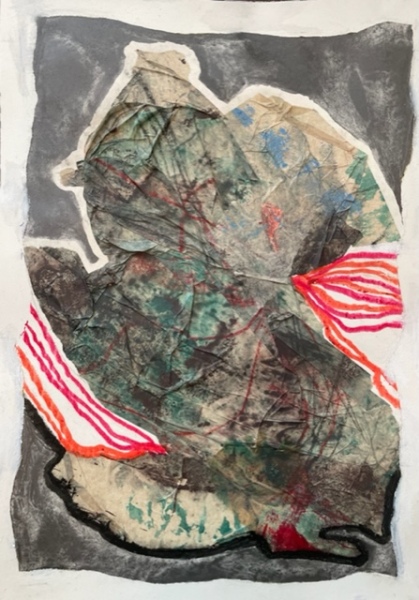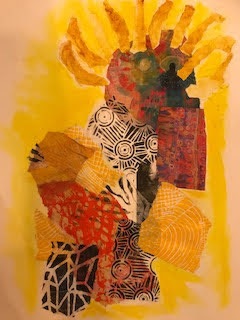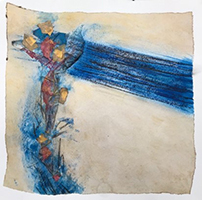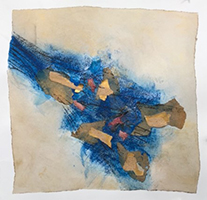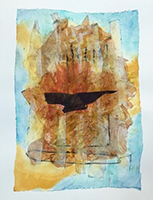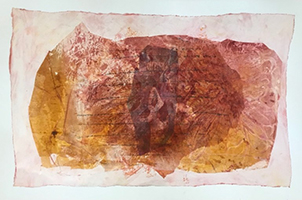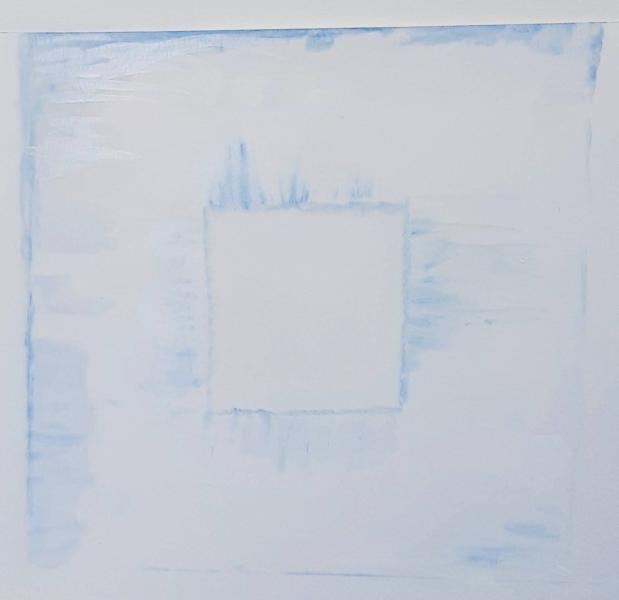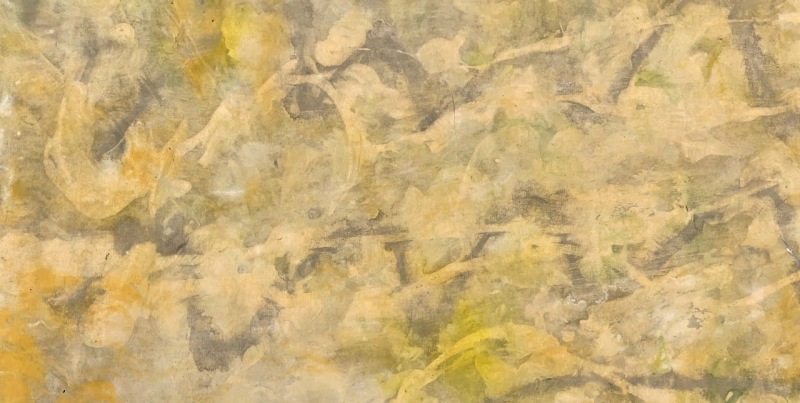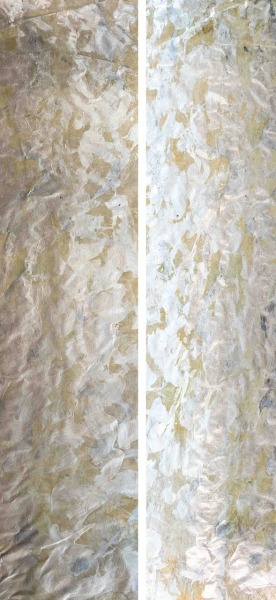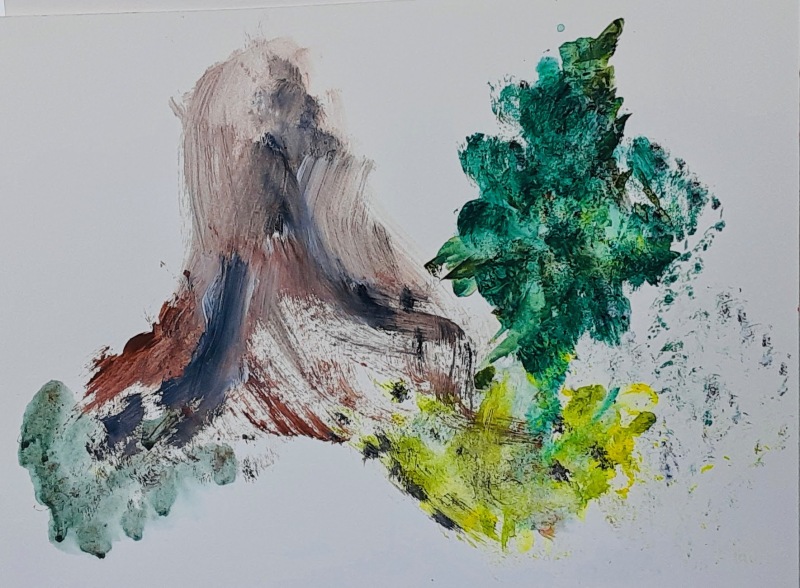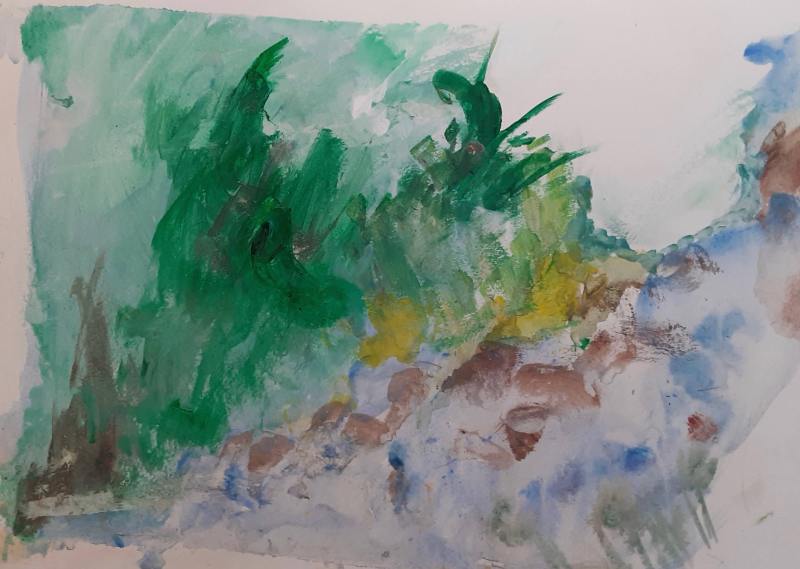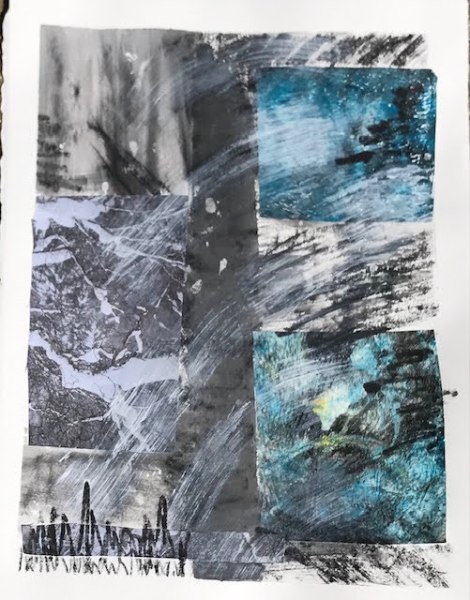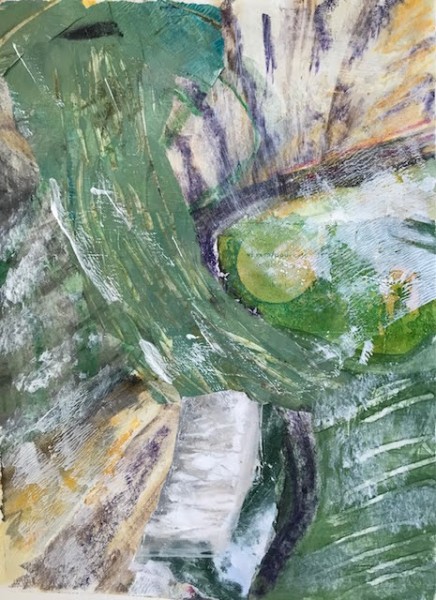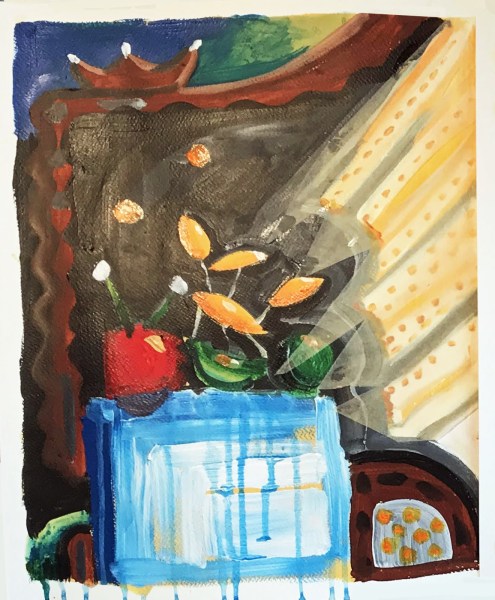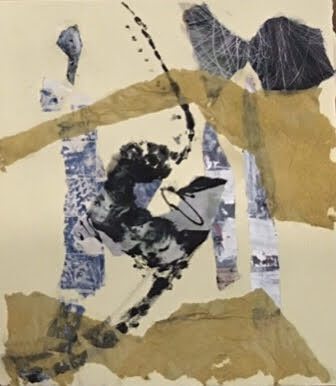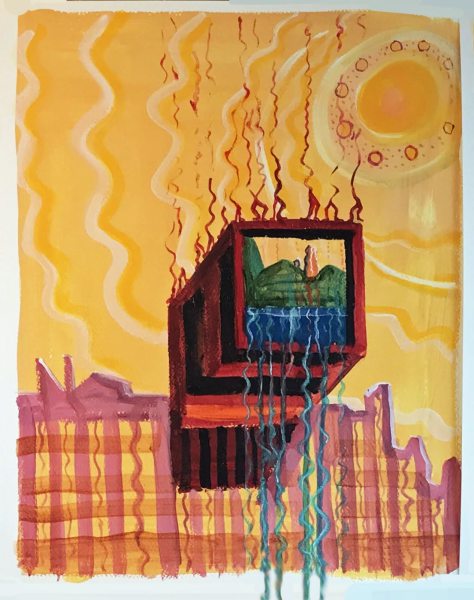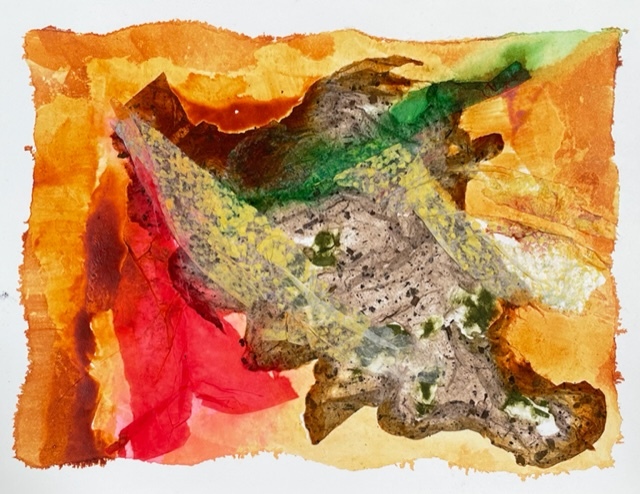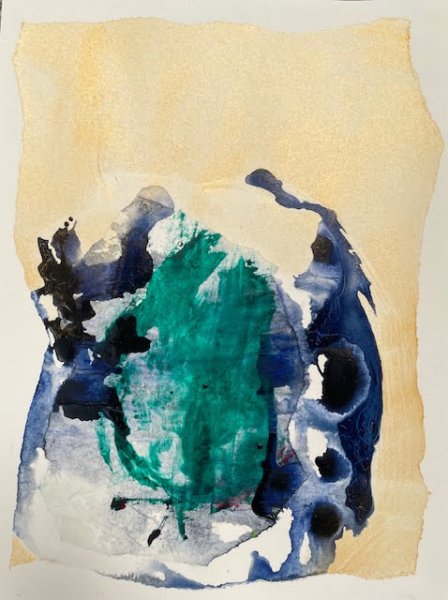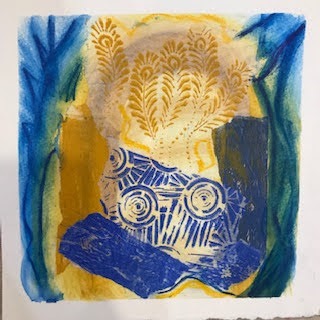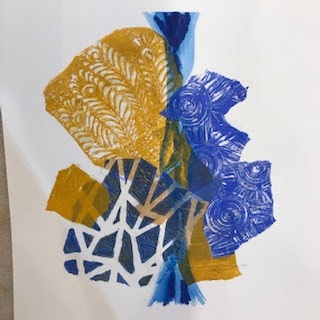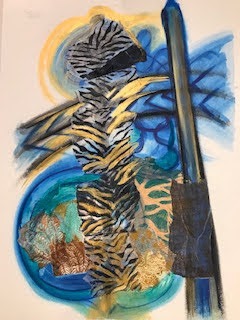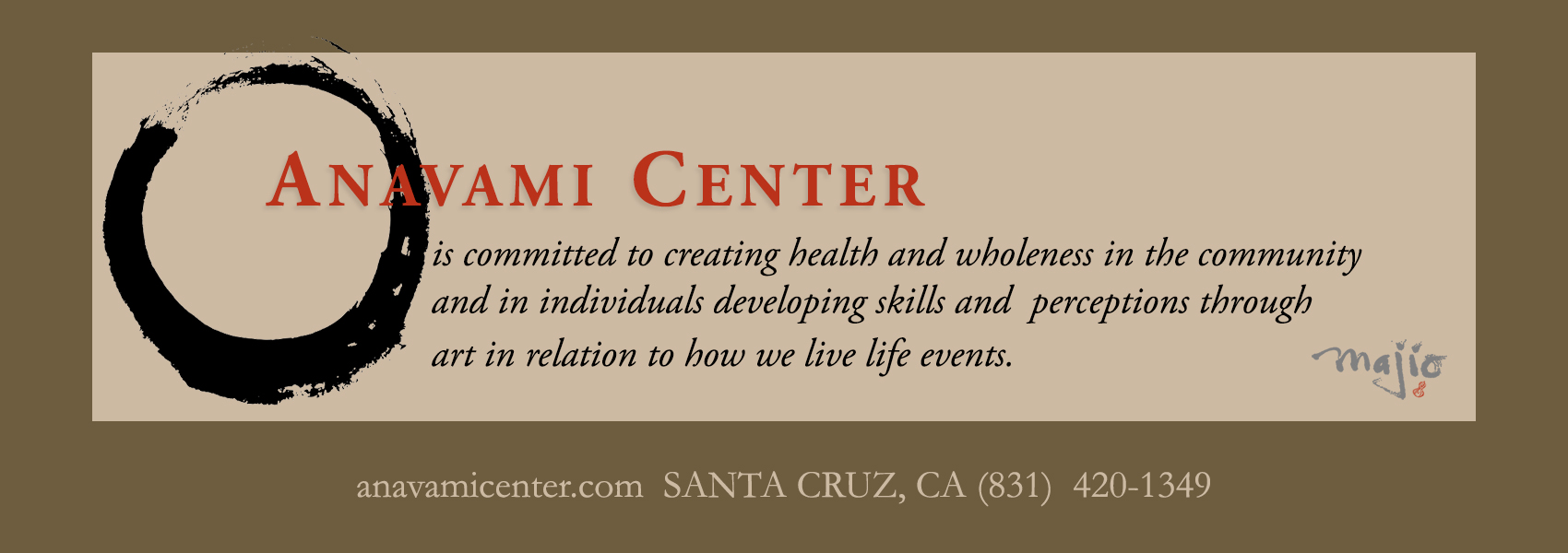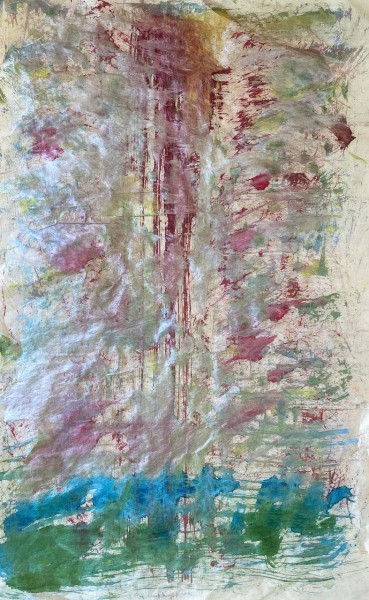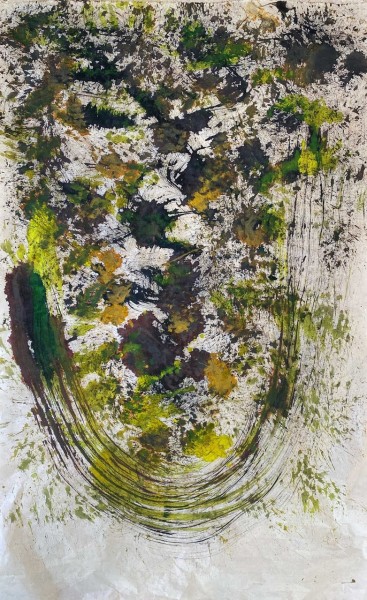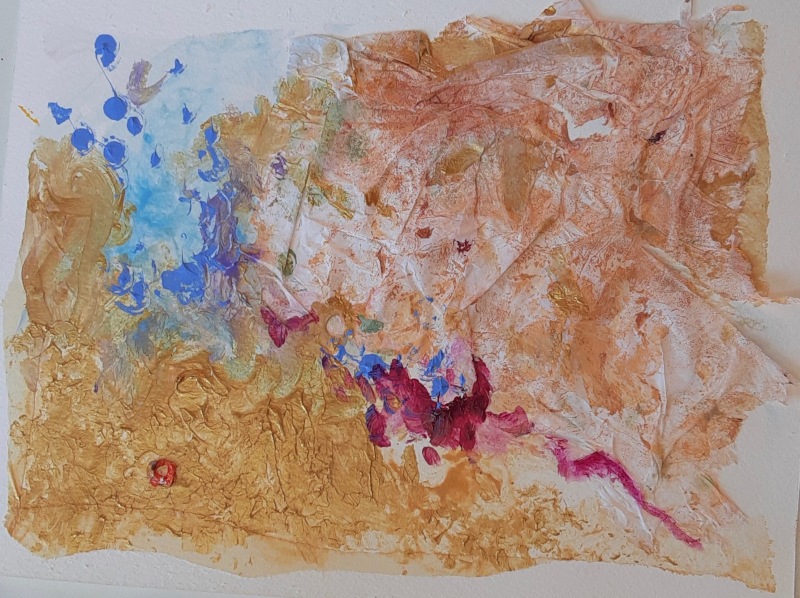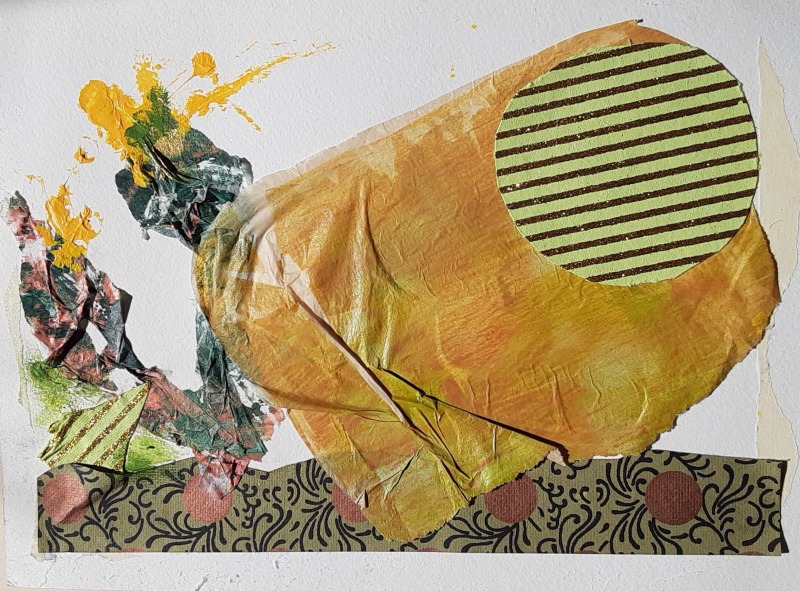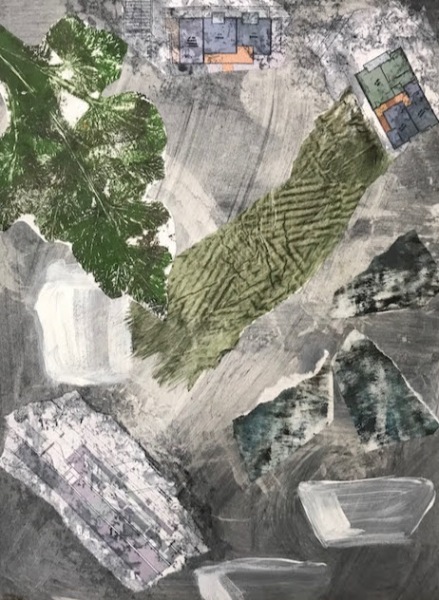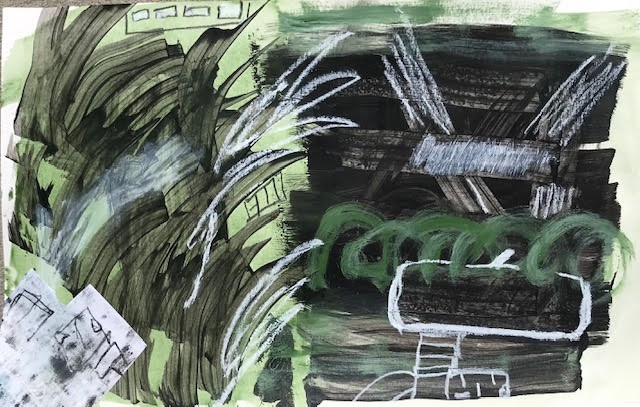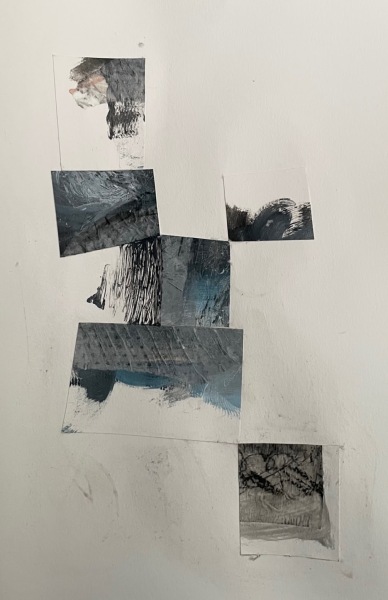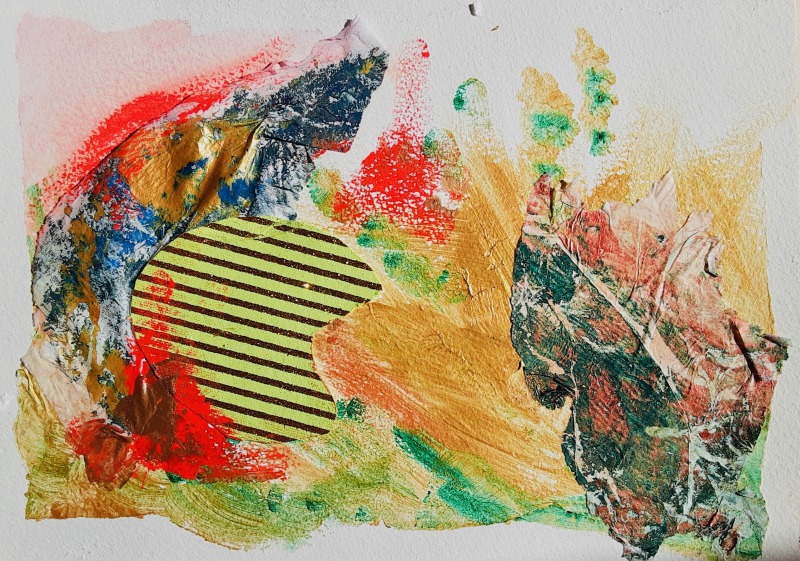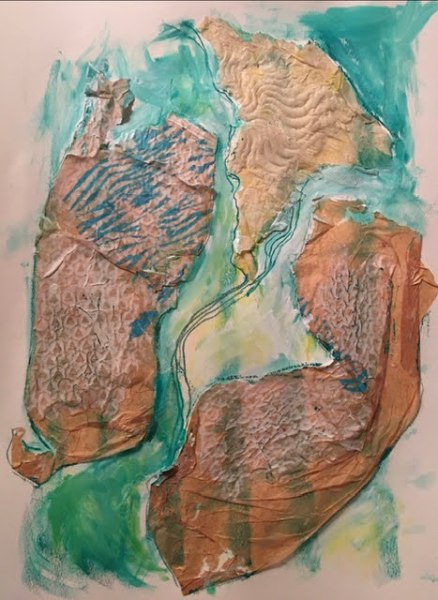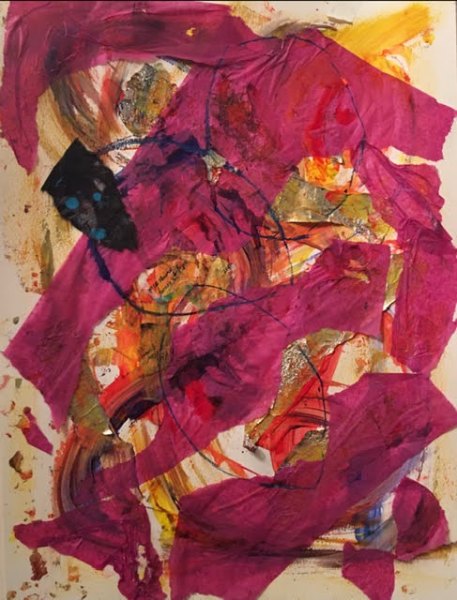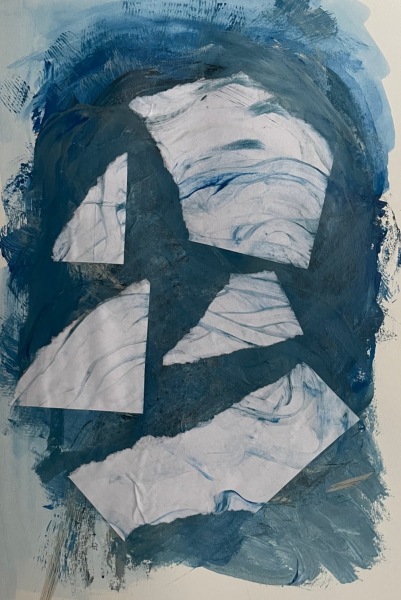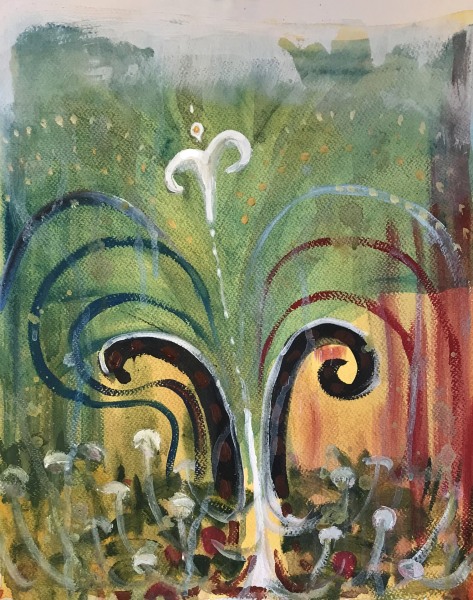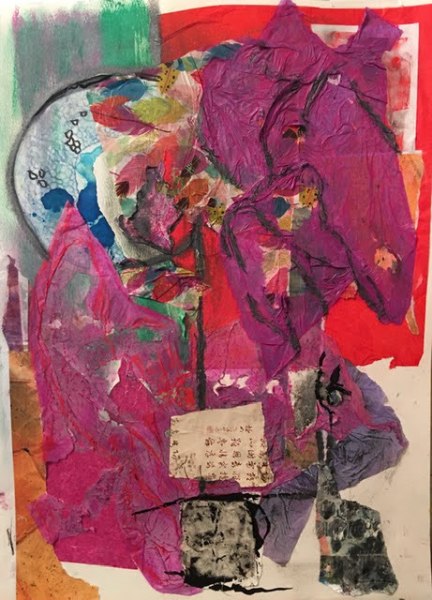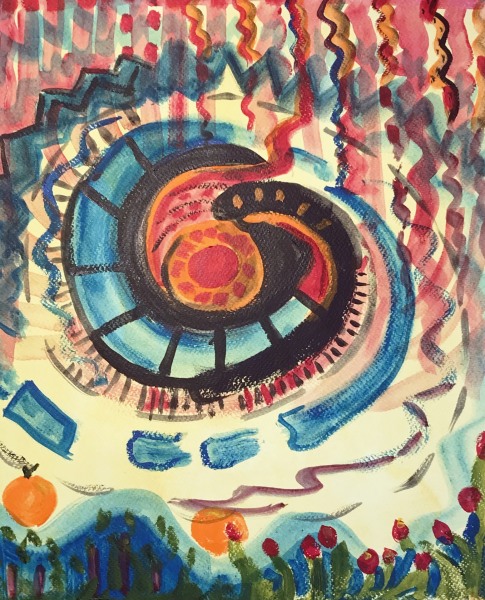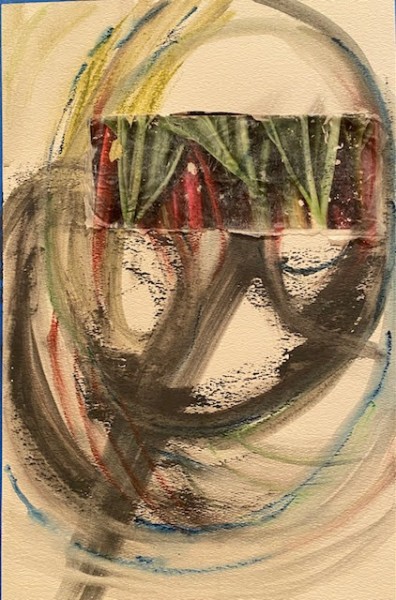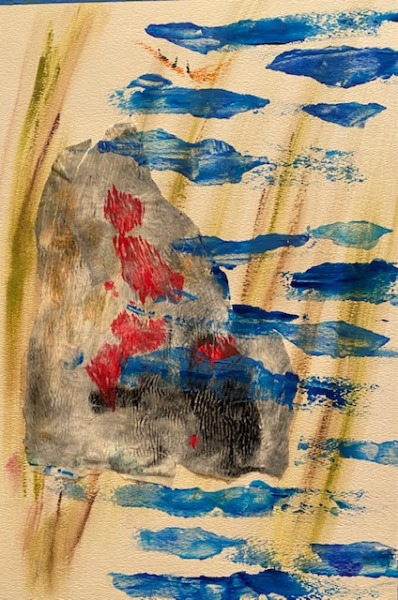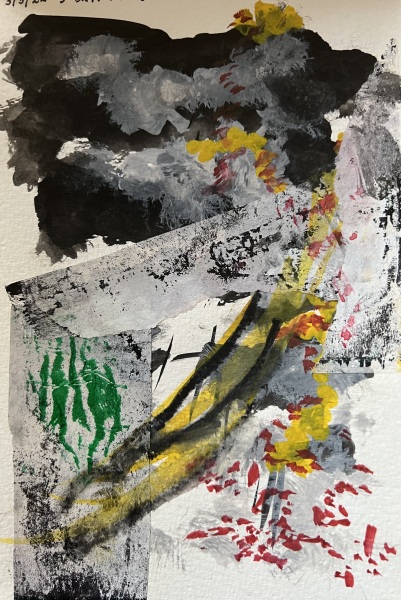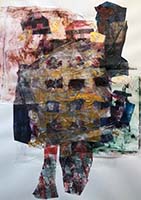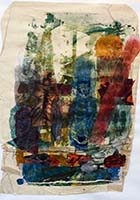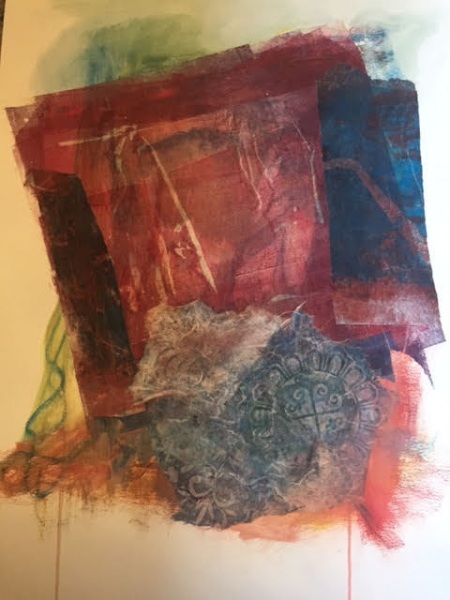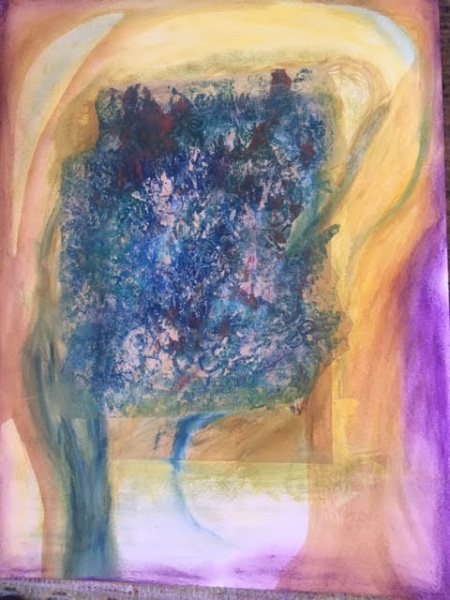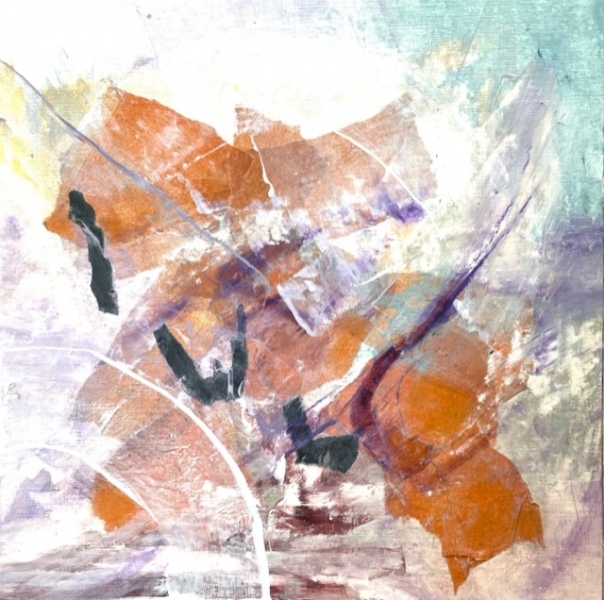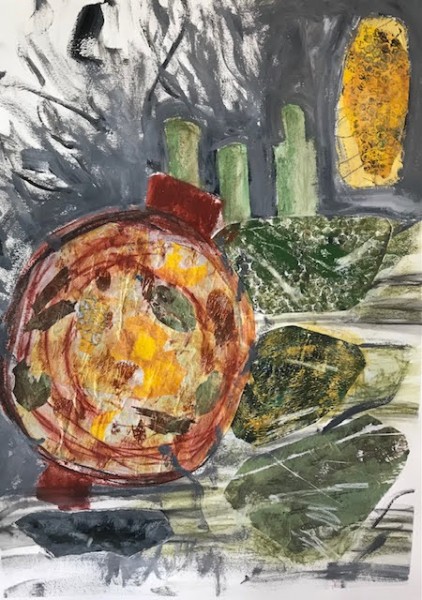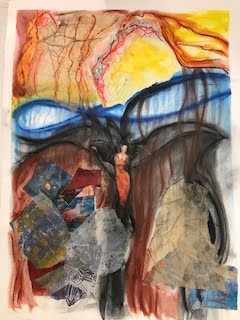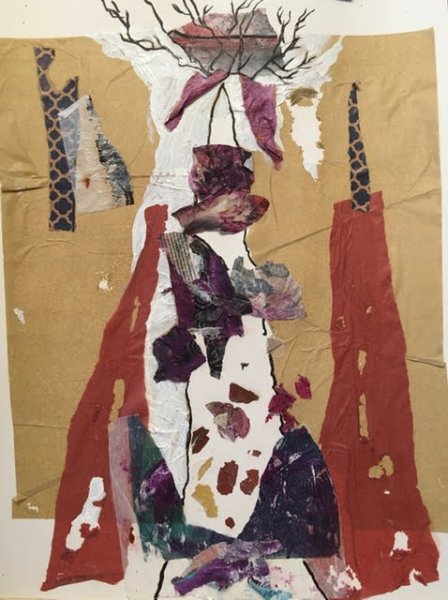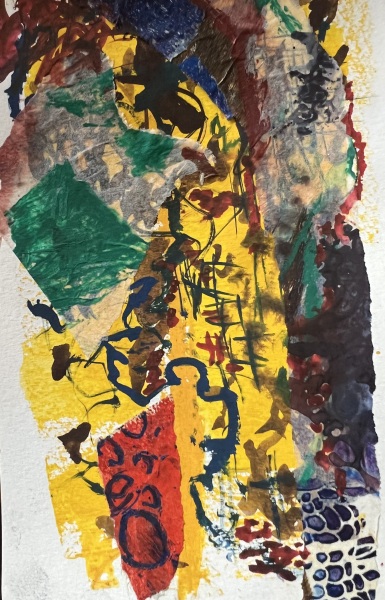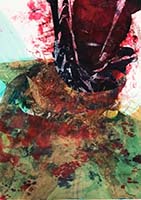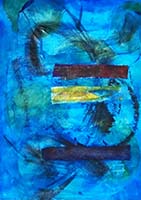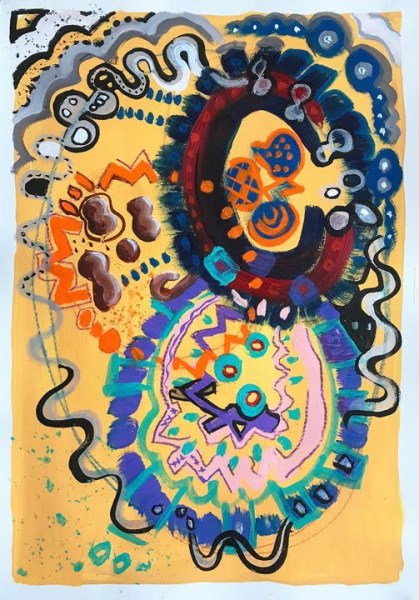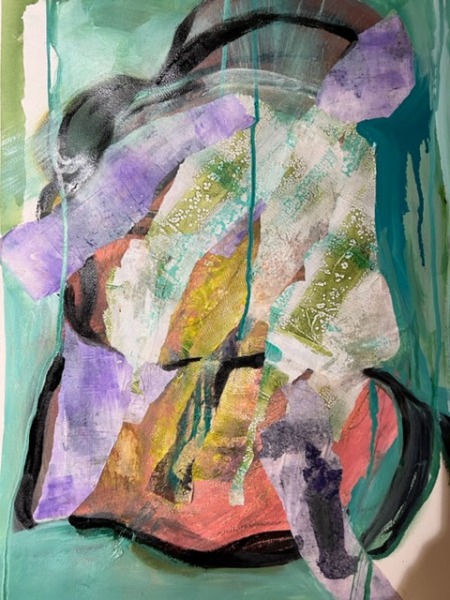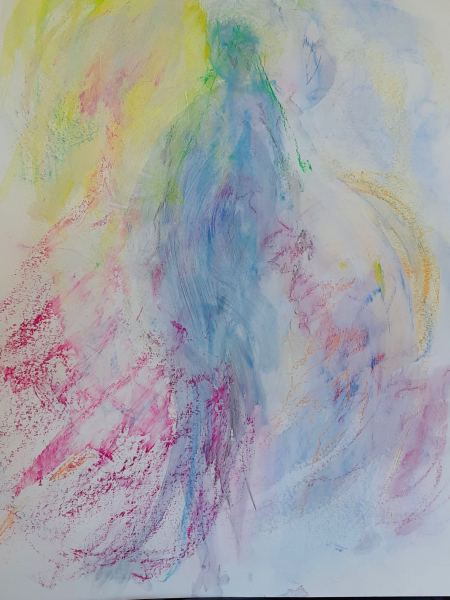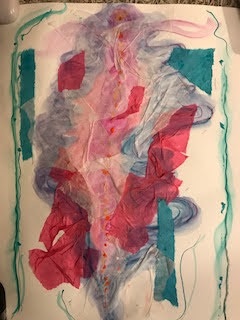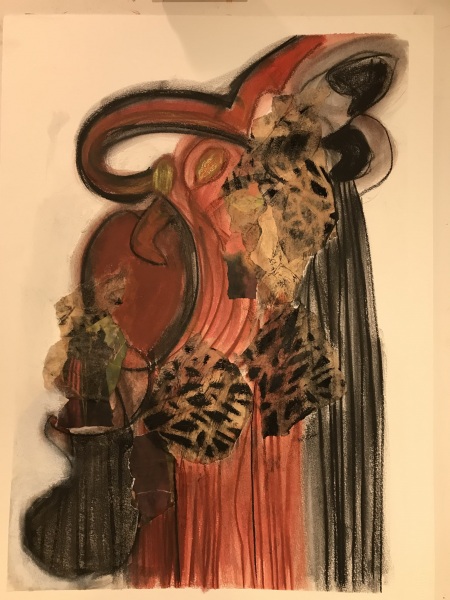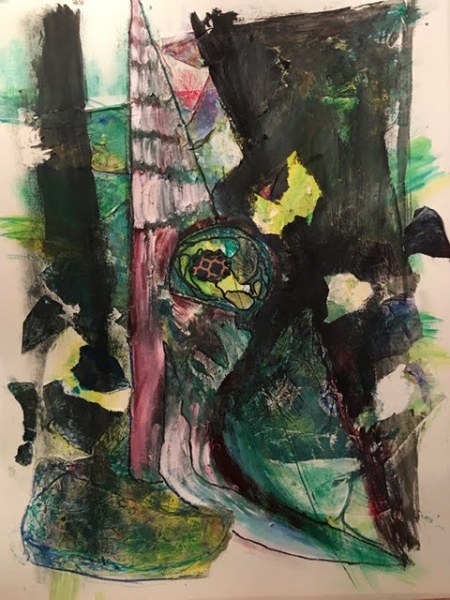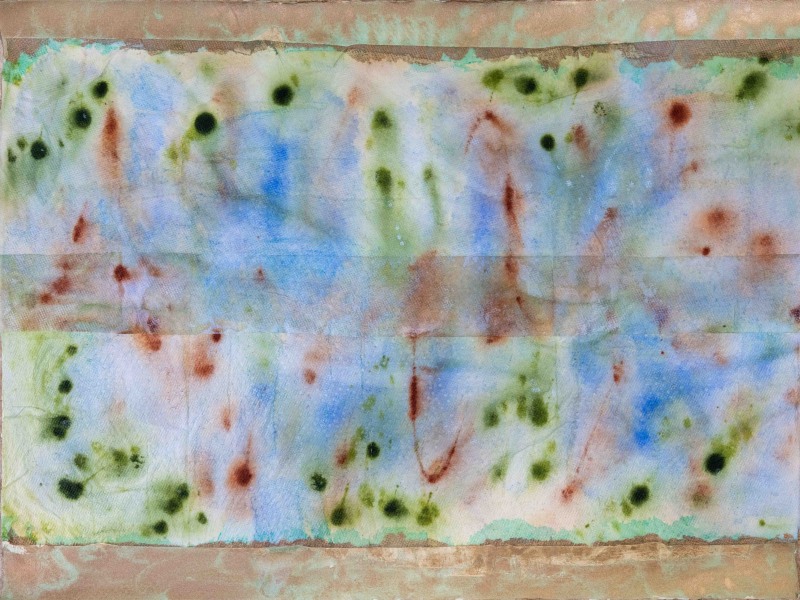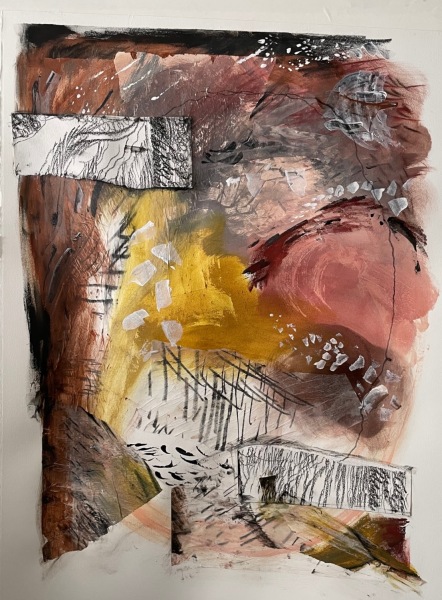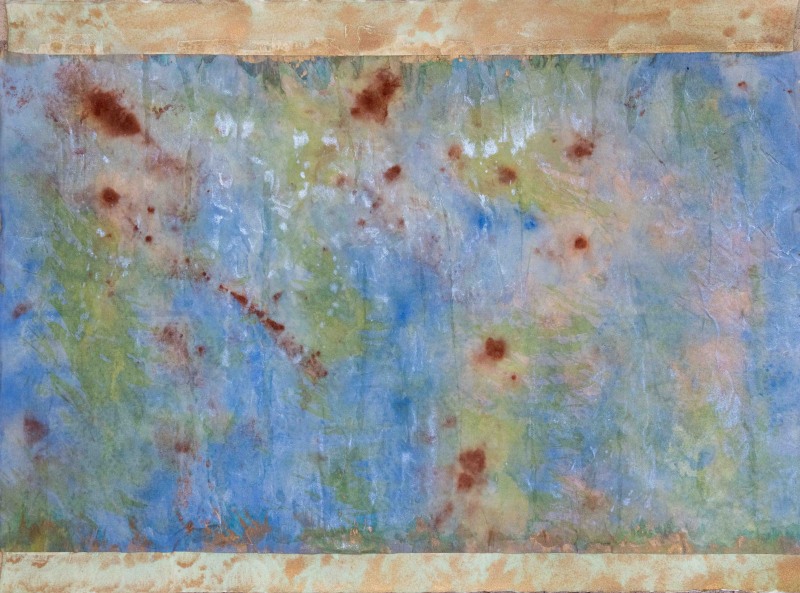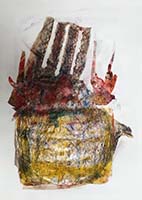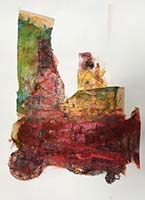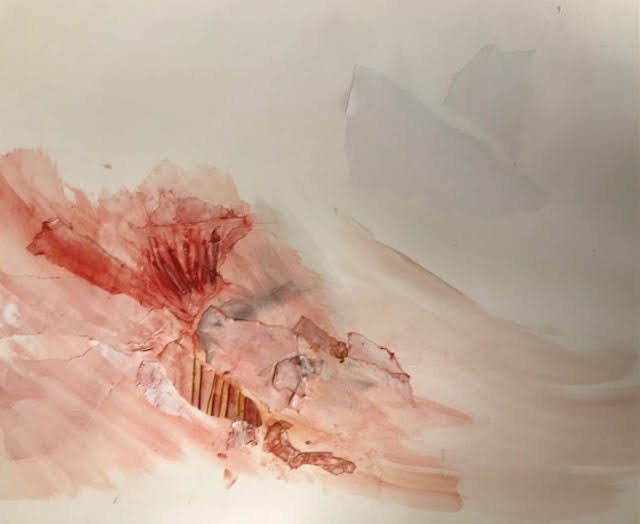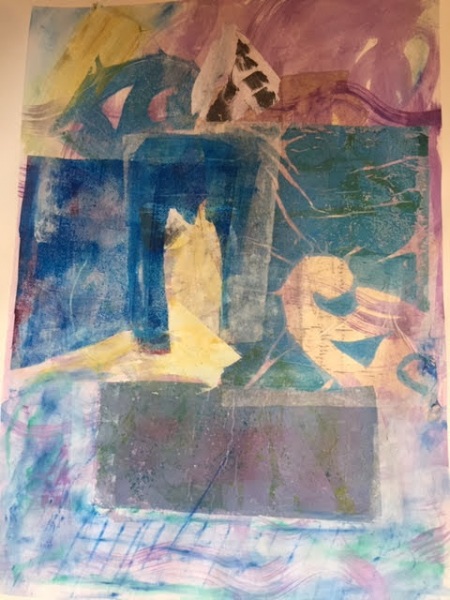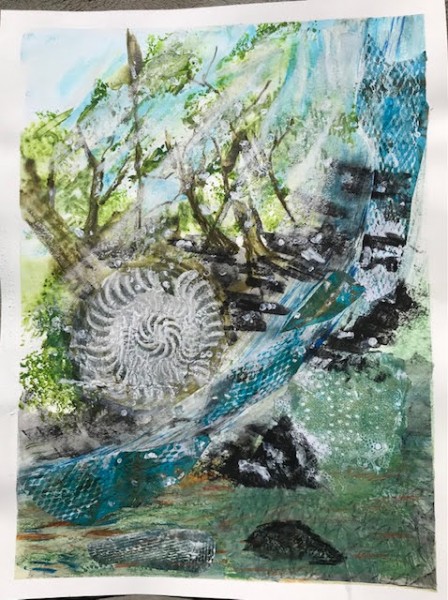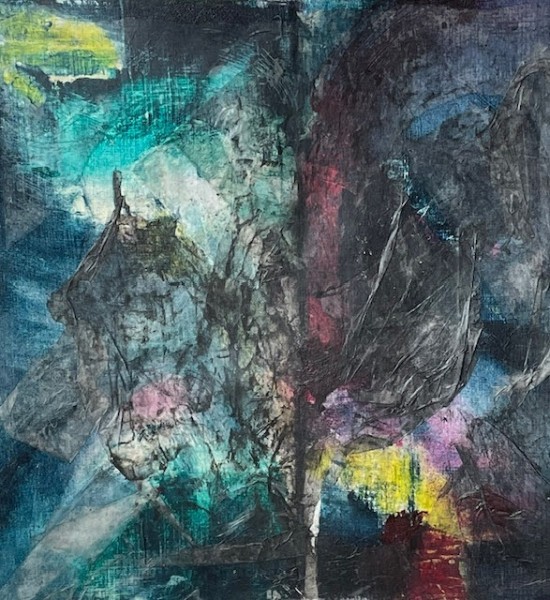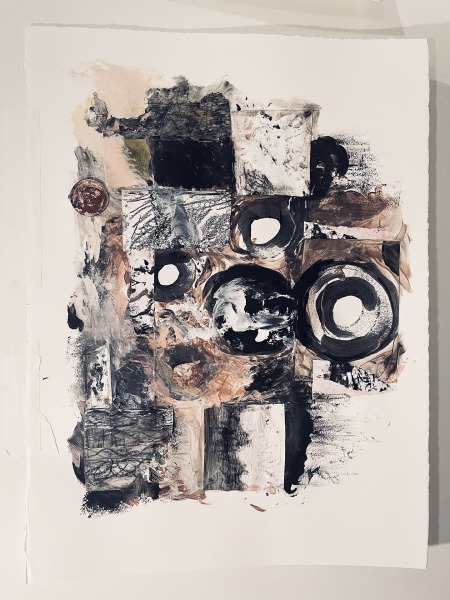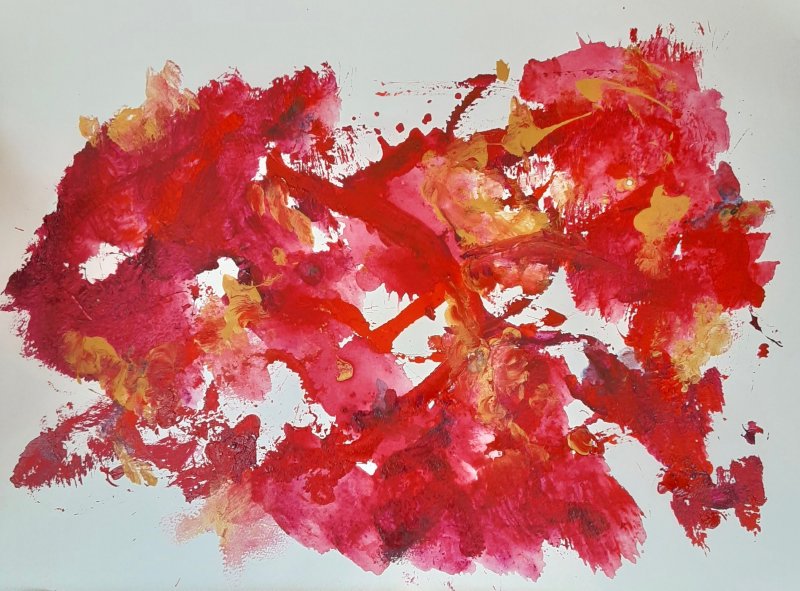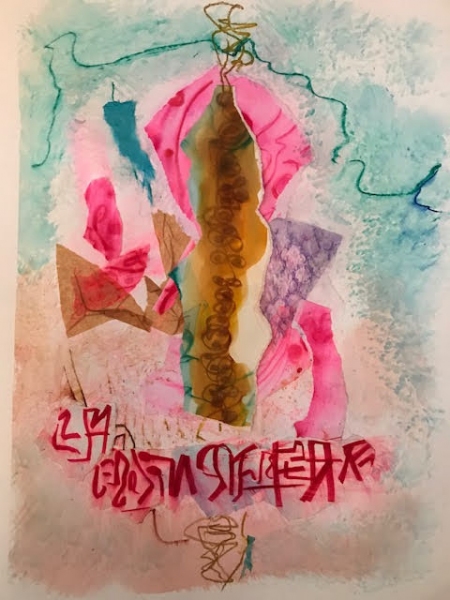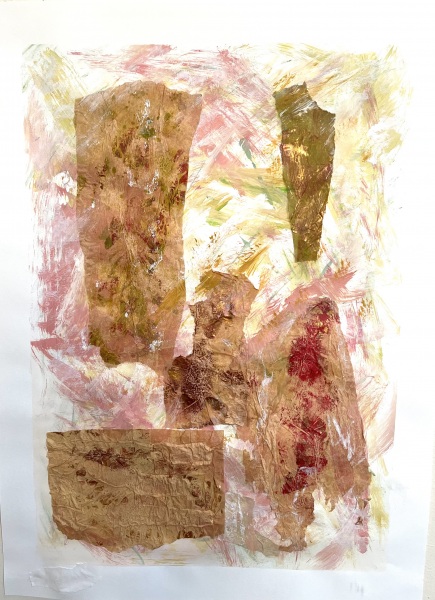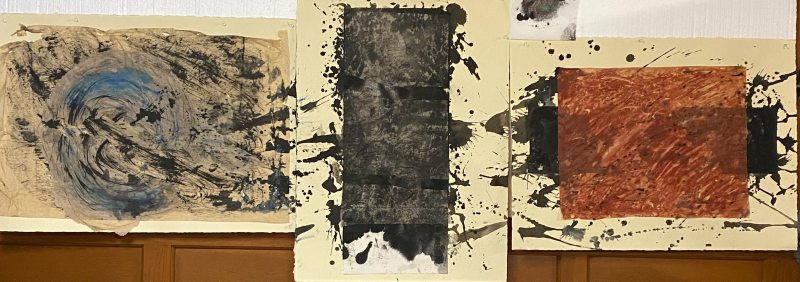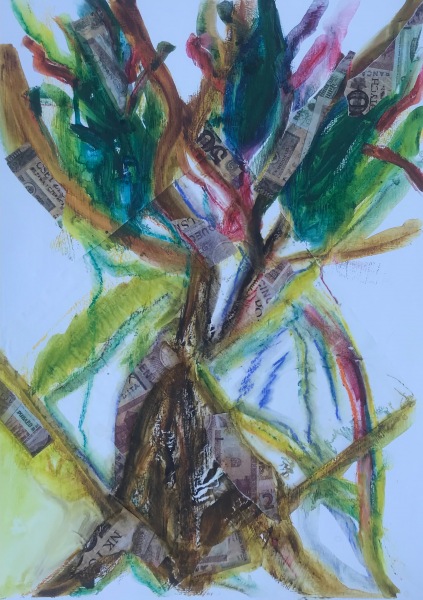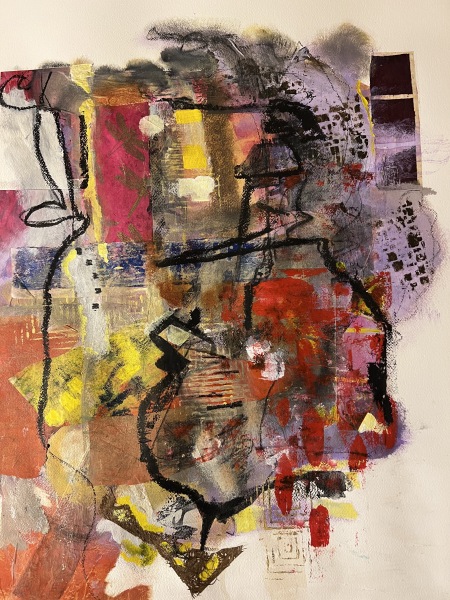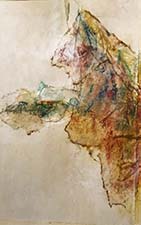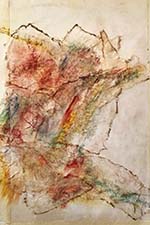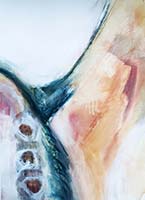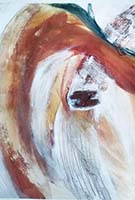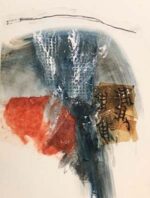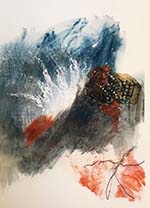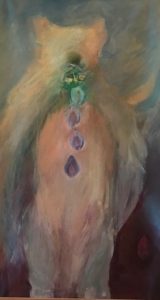Blog #4C Axis Mundi
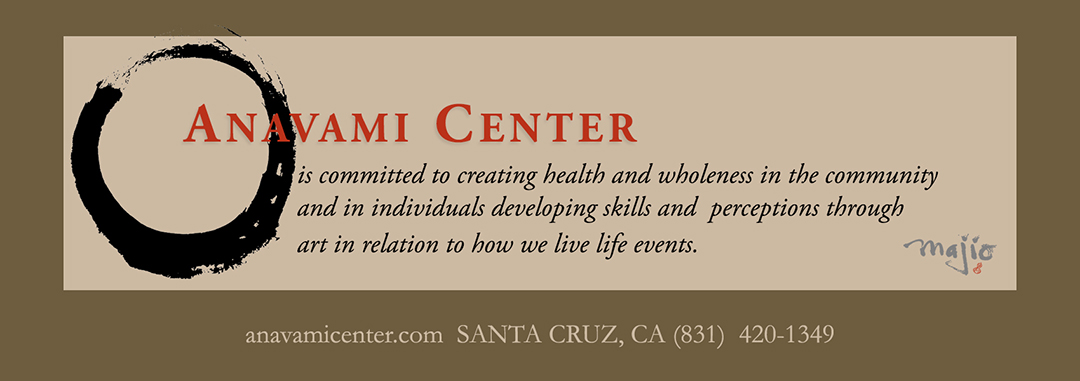
As we go into shapeshifting in the seminar, In-Bodying the Field in Marking, it is a means to explore the animate-field in which we live. As we change shapes in the imaginal realm we want some navigation tools, like a strong concept of selfhood and an anchoring in the physical body. This week we mark into the centering and grounding of axis mundi, somatically feeling it through gravity’s attraction to the center of the earth. This also gives us a sense of directionality and relationship in the cosmos. Like all our explorations in marking this is not claiming a new belief system but nudging our unquestioned one for a possibly greater perspective and insight into our relationship to life.
Our preparation for the axis mundi marking comprised of somatic exploration with guest facilitator, Carol Agnessens, as well as the evocation of several poets. Participants connected energetically to the feeling of aligning with the world’s axis relating to Emilie Conrad’s comment, founder of Continuum Movement:
It took me many years to recognize that the undulating fluid that I felt in my body…the undulating waves of primordial motion are the movements of love. Not emotional love but an encompassing atmosphere of love. A love that has its own destiny.
If that is a bit of a leap in this great time of stress and polarization perhaps David Whyte’s thoughts from Consolations would relate:
Besieged is how most people feel most of the time: by events, by people, by all the necessities of providing, parenting or participating and even by creative possibilities they have set in motion themselves, and most especially, a success they have achieved through long years of endeavor.
To feel crowded, set upon, blocked by circumstances, in defeat or victory, is not only the daily experience of most human beings in most contemporary societies; it has been an abiding dynamic of individual life since the dawn of human consciousness…
If the world will not go away then the great discipline seems to be the ability to make an identity that can live in the midst of everything without feeling beset…In this space of undoing, and silence we create a foundation from which to re-imagine our day and ourselves…
Creating a state of aloneness in the besieged everyday may be one of the bravest things individual men and women can do for themselves. Nel mezzo, in the midst of everything, as Dante said, to be besieged – but beautifully, because we have made place to stand….
This is the axis mundi that we are cultivating our marking.
Note about painting, Threshold. It is what emerged from the many months of marking pieces. The theme relates to exploration of selfhood, intimate relationship and ancestry which I am beginning to perceive as a plumbline or axis mundi. This piece came together very differently than from how I have been painting most my life. There was no planning or evaluating, but a kind of listening. I found myself using colors I was never drawn to before, like construction orange. It was more of a constant discovery. I was guided to overlay a fine netting and press it into the cold wax and then in several days later to take it leaving a texture. I still do not know where this marking work may lead in relation to artwork, but already it feels like deeper images are arising as collaboration with the field develops.
